When it comes to describing her work, Holly Lund doesn’t like the word “painterly,” but laughs when she can’t find a better word to describe it. Her portraits combine a serene mix of old-world lighting and composition with subtle modern twists. There’s a strong emphasis on the way light plays across the contours of clothing, hair, and skin, and in some instances, the line between painting and photography blurs. However, Lund does not apply paint to her portraits.
Lund’s aesthetic was forged early: While studying art history in college, she wrote a thesis on the portraiture of Marie Antoinette. “I loved the single-subject portraiture of the 1700s and 1800s,” she says. “Anytime I went to the Metropolitan Museum of Art in New York I would spend hours in the European portrait galleries. I loved studying the lighting and posing and have pulled a lot of inspiration from those pieces.”
Based on the Jersey Shore, Lund is a low-volume portrait artist focused on creating museum-grade, archival prints guaranteed to last for generations. Her work is primarily of children and young adults, with families in the mix. Her friends were bemused by Lund’s inclination to photograph children, and they weren’t alone.
“It really was surprising because I had no idea initially that I wanted to work with kids,” she says. “Once I started working with children, I found that it was actually therapeutic for me in a way. I could escape everyday life and be a kid again, see the world through their eyes.”
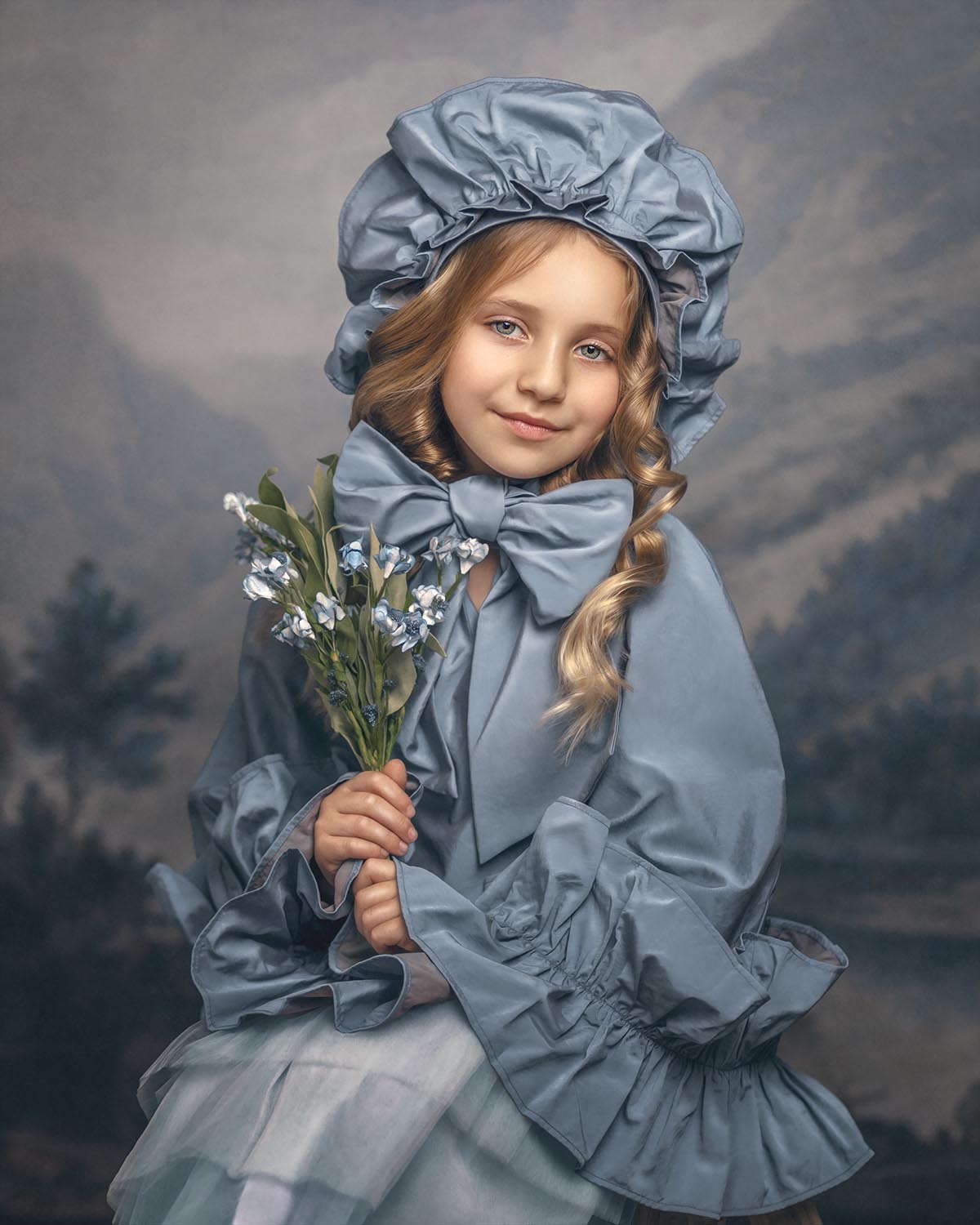
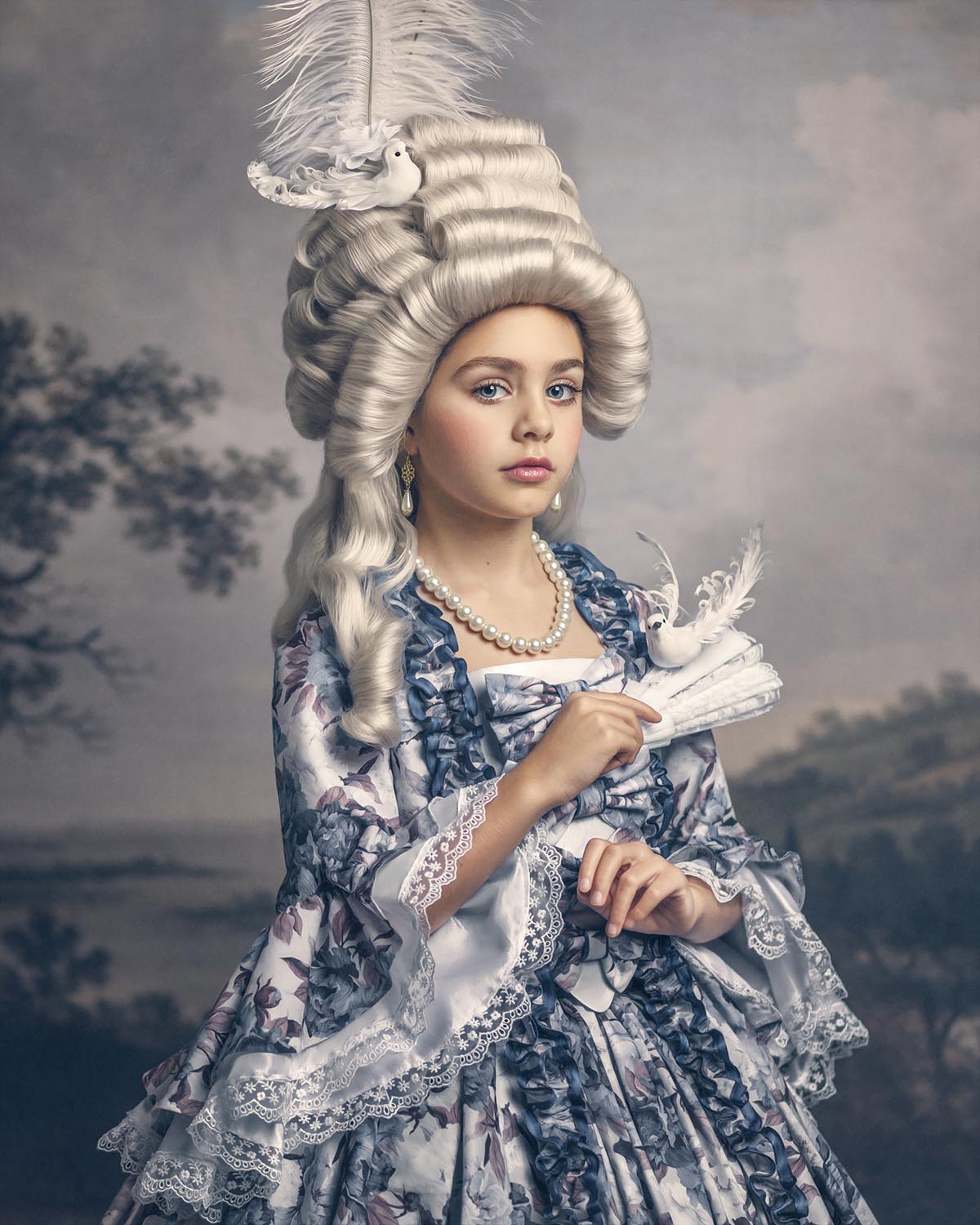
SUBTLE STORYTELLING
Often dressed in vintage-inspired garb, sometimes with whimsical wigs and accessories, the children in Lund’s portraits are calm and serene in expression, though occasionally displaying a more dramatic gaze, with soft eyes and the ghost of a smile. She follows the example of the early days of photography and painted portraiture, when full smiles were not the norm because the long exposures made holding a smile both impractical and uncomfortable.
“I’ve never told a kid to smile for these portraits,” she says. “I want to capture their natural expression, relaxed and clear-headed.”
Getting the kids’ buy-in requires building trust. And because her business model is not built on repeat business, providing something unique and meaningful to the family requires a time investment. She talks with her subjects to learn about their internal dynamics, unique qualities, and details she might build into a story. Like many of the old-world portraits that spark her imagination, Lund often incorporates an element of symbolism into her images. She may use a family heirloom or object that’s meaningful to the family or the child, such as a flower or a color that’s symbolic in some way.
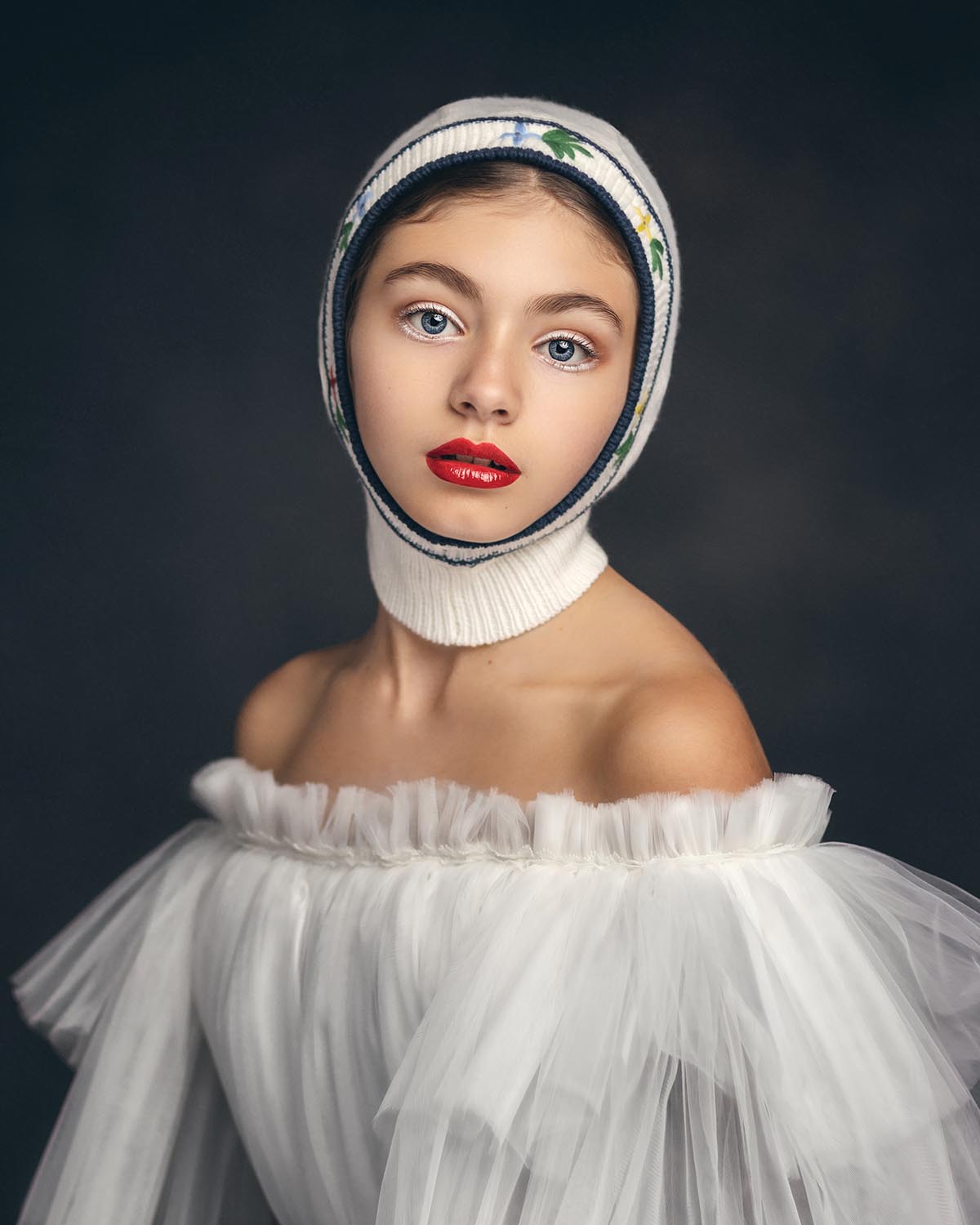
“I want the portraits to look cohesive in their homes, but it’s more about who they are,” she says. “Not everyone looking at it is going to know there is something so special and meaningful to the family, but it’s there.”
One parent shared that her children’s grandfather had recently passed away. She and the children wanted a dragonfly-embellished locket incorporated into the portrait, a small visual cue that represented his personality. Perhaps no one else looking at the photograph would focus on that detail, but the family will always appreciate it.
CAPTURE TO PRINT
Lund prefers to work with children age 5 and older, as they’re better able to pay attention and follow direction. To win their trust, she connects with them multiple times pre-session so that by the time they’re in front of her camera, they don’t perceive her as a stranger making demands on them. She’s established a comfort level and involved them in the process of creating the portrait, incorporating their input and personality into wardrobe, accessories, and the overall feel. She offers them plenty of breaks, sometimes helps them release tension with mini dance parties, and sets them at ease by asking them to close their eyes and take a deep breath now and then.
Immediately after each session, Lund does a quick cull of her favorite photos, then clients choose the images they’re interested in. They then decide on the final artwork style and finish, and Lund moves directly into editing and retouching. It’s important to her that the final portraits stand the test of time, so she works with labs that can produce archival-quality prints to create a product with the longevity that rivals portraits found in historic homes and museums. Large wall art is her primary final product.
“A lot of photographers tell me they’re scared to get into selling wall art,” says Lund. “What I’m doing isn’t really selling because I love it so much. I picked products that I love, and just the way I talk about them sells them because of that love, not me being a weird used-car salesperson. My clients are here because they resonate with me, with this style, and they trust me to create this once-in-a-lifetime portrait.”
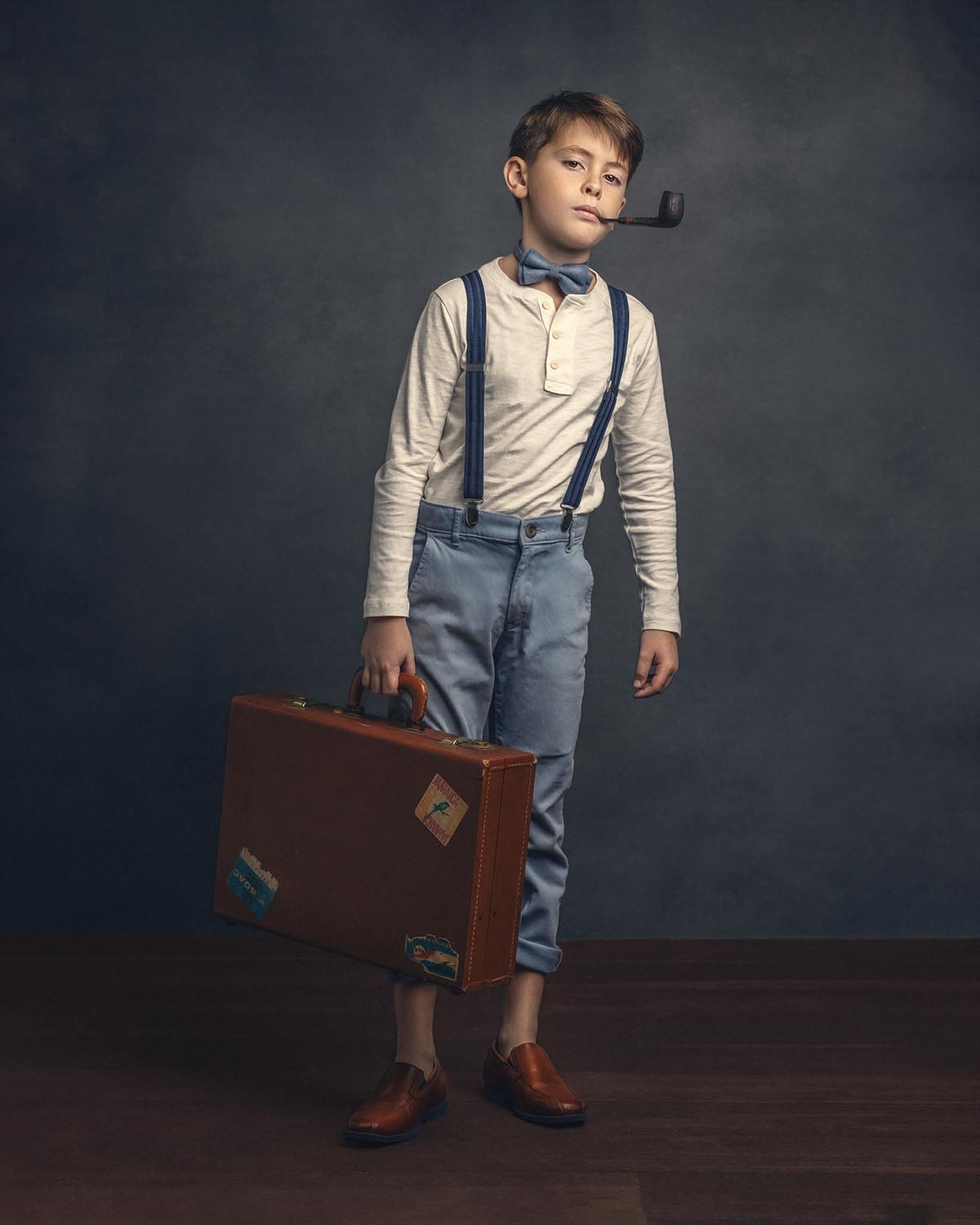
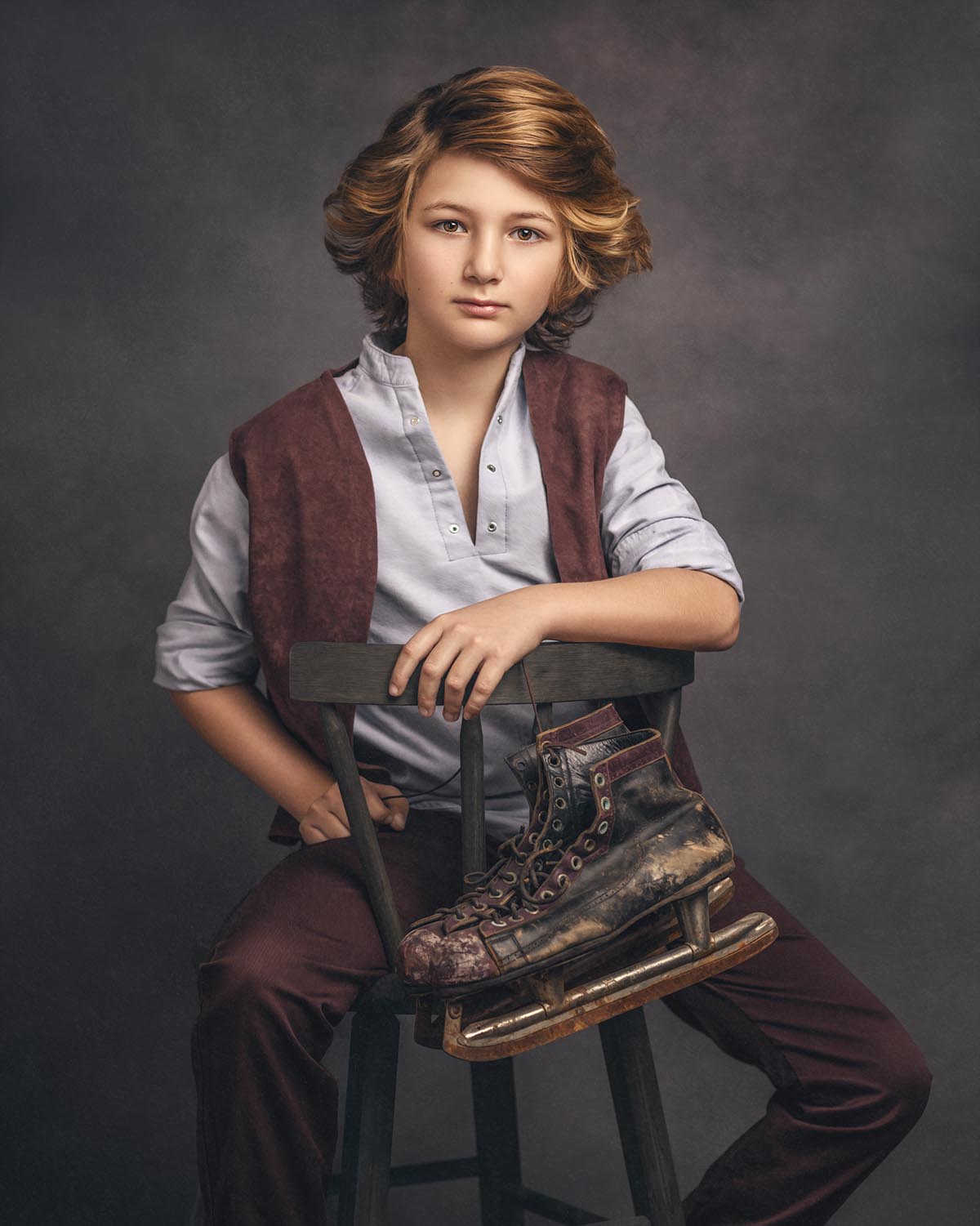
MENTORING DONE RIGHT
Lund’s standout style also attracts other photographers hoping to learn her approach, which has gradually nudged her into teaching and sharing her techniques. Often, they come to her for editing tips, but she’s quick to point out that her process involves more than just editing. While she draws lighting inspiration from historic portraits of yore, she explains that the feeling evoked by a portrait comes from the lighting and editing as well as the overall purpose and vision of the story an image communicates.
“I don’t want to teach people how to copy what I do,” says Lund. “Instead, I try to dive into where they draw inspiration from. It’s so important to be authentically you. Finding your niche means finding the niche within you. Don’t choose a style because it’s trendy or even because it’s beautiful. Take the different things that resonate with you and apply them, and inevitably that will help you create your own style.”
But recognizing your inspirations and knowing how to apply them can be difficult. To push past that mental block, Lund leads a brief exercise among the groups she mentors. She asks each person to quickly say one thing that inspires them. In round two, she asks them to name something that’s unrelated to their first answer. “Don’t think, just say it,” she instructs. For the third round, they combine both answers and explain how they could be woven into a story that’s uniquely theirs.
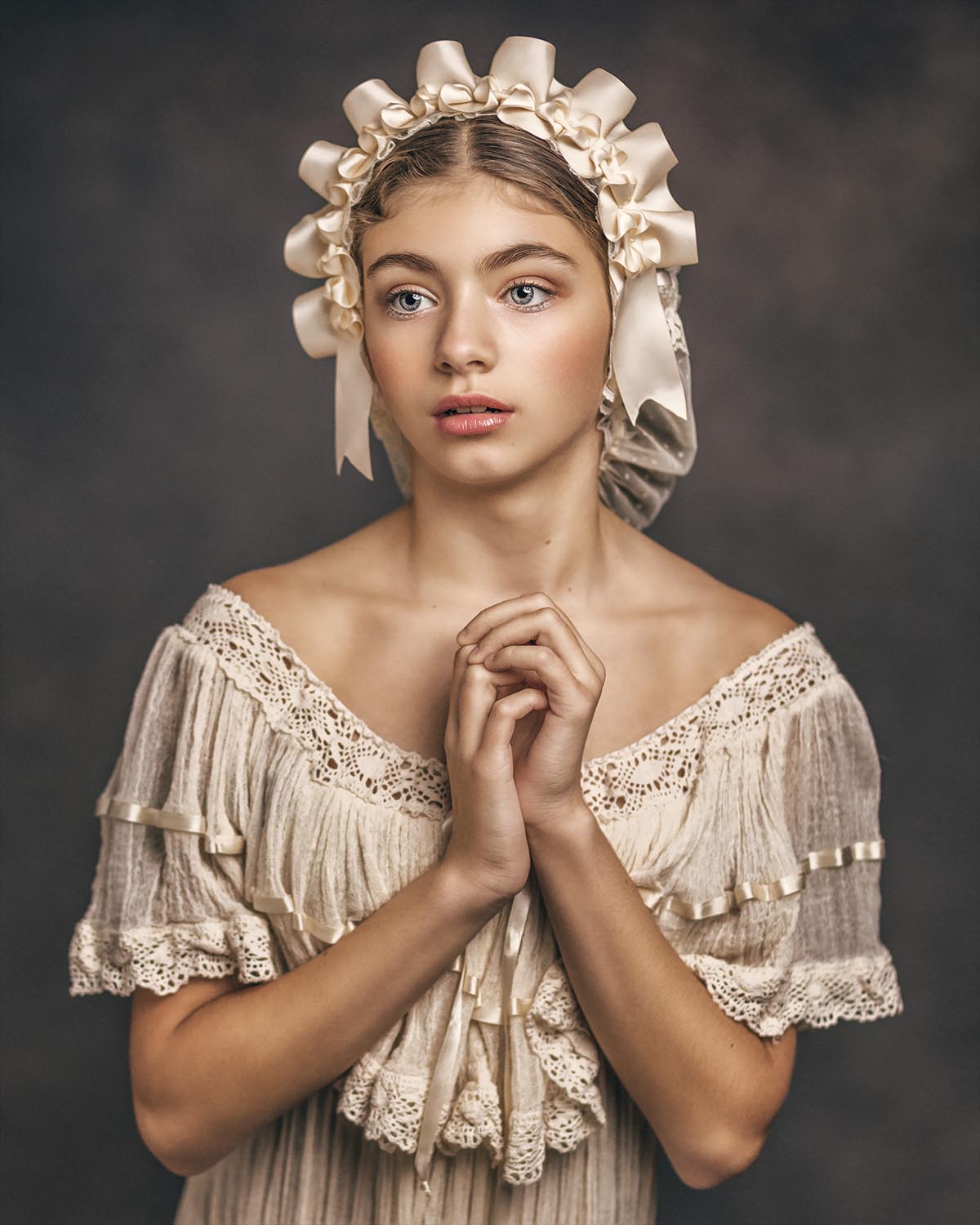
“In the first round a lot of people will name their kids,” she says. “But the second round will bring out something different.”
Lund says that while she’s teaching the how of technique and process, she’s also teaching the why. She wants photographers to piece together tips and techniques they learn from multiple instructors to create their own voice and vision. It’s how she learned early on, drawing on her initial portrait inspirations and finding other photographers whose work she admired. She wanted to see how they did what they did and then evolve those techniques into something unquestionably hers—an eclectic, historical-inspired brand of portraiture that’s also modern.
“I’m creating something that’s fulfilling both me and my clients,” says Lund. “This work gives me hope and is my outlet. At the end of the day, this is me. And I know I’m doing something right when, at the end of the session, the kids hug me goodbye.”
Stephanie Boozer is a writer in Charleston, South Carolina.

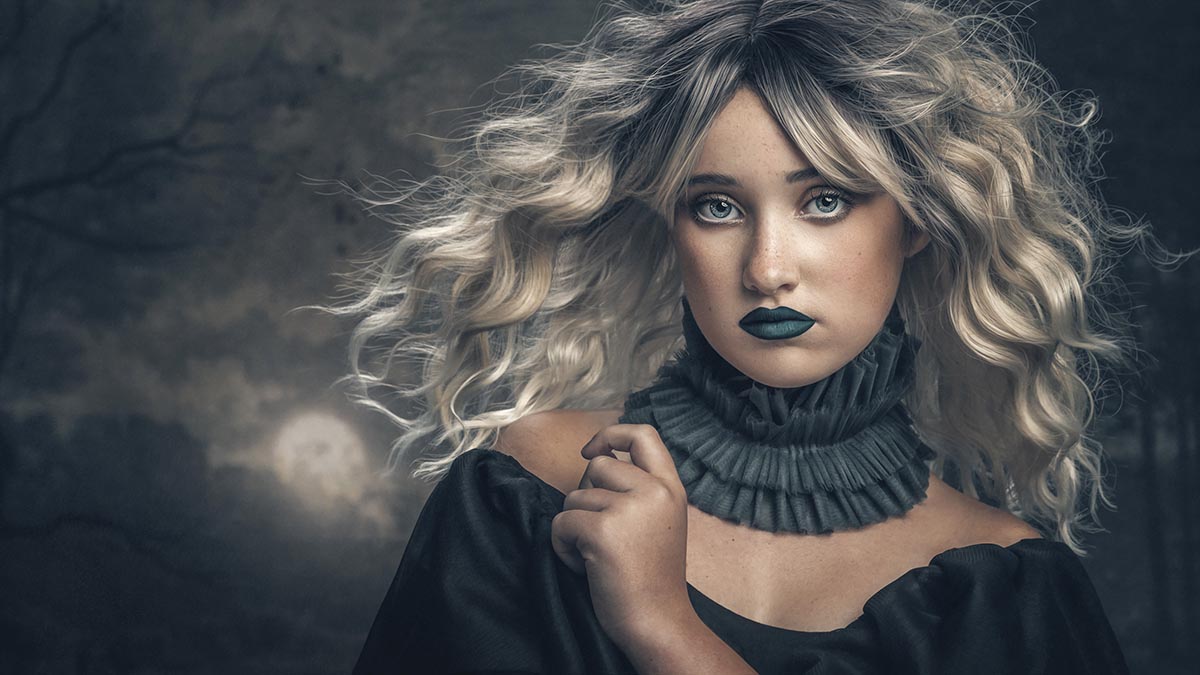
 View Gallery
View Gallery


